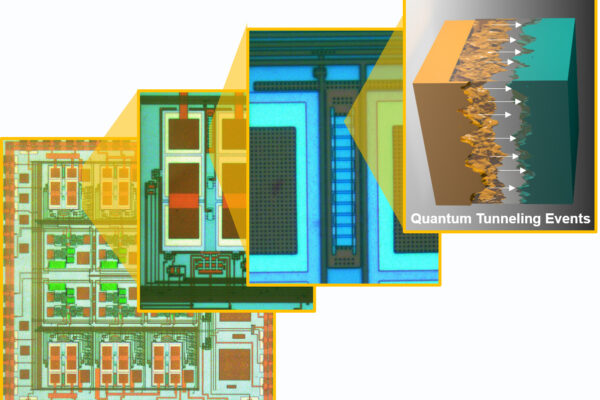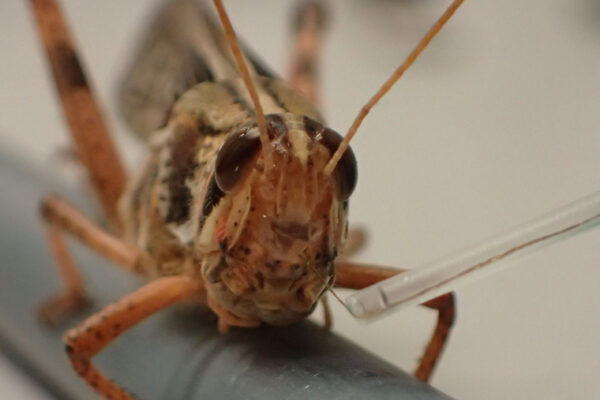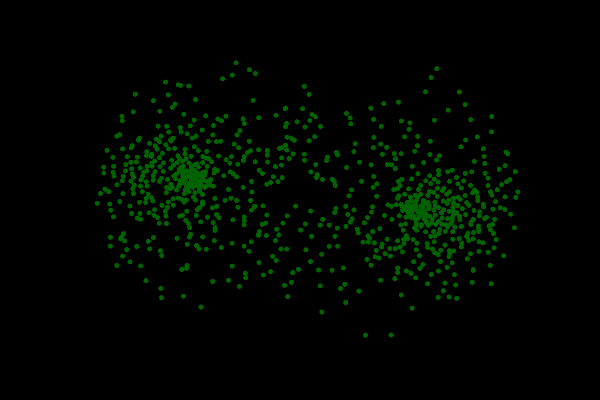Shantanu Chakrabartty’s research explores new frontiers in unconventional analog computing techniques using silicon and hybrid substrates.
His objective is to approach fundamental limits of energy efficiency, sensing and resolution by exploiting computational and adaptation primitives inherent in the physics of devices, sensors and the underlying noise processes.
He uses these novel techniques to design self-powered computing devices, analog processors and instrumentation with applications in biomedical and structural engineering.
Shantanu Chakrabartty, at the McKelvey School of Engineering, will lead a project funded by a three-year $1.1 million grant from the National Science Foundation to make artificial intelligence systems more energy-efficient.
A new computer memory prototype developed by Shantanu Chakrabartty at the McKelvey School of Engineering may significantly reduce the energy needed to train artificial intelligence.
Shantanu Chakrabartty at the McKelvey School of Engineering proposes a new kind of encryption to protect data in the age of quantum computers.
Shantanu Chakrabartty has been named vice dean for research and graduate education at the McKelvey School of Engineering at Washington University in St. Louis.
Research from the lab of Shantanu Chakrabartty reveals constraints can lead to learning in AI systems.
Using quantum tunneling, the lab of Shantanu Chakrabartty, at the McKelvey School of Engineering at Washington University in St. Louis, has developed self-powered sensors that can run for more than a year.
Research from the McKelvey School of Engineering at Washington University in St. Louis has determined that locusts can smell explosives and determine where the smells originated — an important step in engineering cyborg bomb-sniffing locusts.
Research from the McKelvey School of Engineering shows that energy constraints on a system, coupled with an intrinsic property of systems, push silicon neurons to create a dynamic, at-a-distance communication that is more robust and efficient than traditional computer processors. And it may teach us something about biological brains.
Researchers from Washington University in St. Louis and Michigan State University are testing innovative sensors on Michigan’s Mackinac Bridge that are powered by traffic vibrations and could detect bridge failures before they happen.
An interdisciplinary team of researchers from the School of Medicine and the School of Engineering & Applied Science is redefining the notion of a wisdom tooth. The team is developing technology that could someday be used to detect early signs of certain diseases in high-risk patients.








